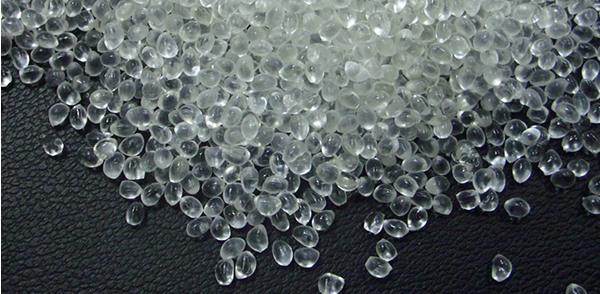Weather Resistance of SEBS Under Different Molecular Weight, Molecular Structure and Styrene Content There is a close relationship between the molecular weight, molecular structure, styrene content of SEBS, and its weather resistance. This article can serve as a reference for preparing high weather-resistant TPE or for plastic modification using SEBS. 1. Molecular Weight and Weather Resistance 1.1 High molecular weight SEBS: Properties: It has higher tensile strength and tensile resilience, but relatively poor flowability, making processing more difficult and requiring higher processing temperature conditions. Weather Resistance: The longer chain segments of high molecular weight SEBS result in stronger intermolecular interactions, making it less susceptible to external environmental factors (such as UV radiation and high temperatures), thus providing better weather resistance. 1.2 Low molecular weight SEBS: Properties: It has good flowability and is easy to process, but the tensile strength and resilience are relatively low. Weather Resistance: Due to the shorter chain segments, the intermolecular interactions are weaker, making it more susceptible to external environmental factors, resulting in relatively poor weather resistance. 2.Molecular Structure and Weather Resistance 2.1 Radial structure SEBS: Properties: It has better wear resistance, resilience, and tear resistance, but exhibits poor flowability, making processing more difficult. Weather Resistance: The radial-shaped structure of SEBS has tighter molecular chains with fewer intermolecular voids, allowing it to more effectively block harmful substances (such as oxygen and ozone) from entering the material, resulting in higher weather resistance. 2.2 Linear structure SEBS: Properties: It has good flowability and is easy to process, but its mechanical properties are relatively poor. Weather Resistance: The linear structure of SEBS has relatively loose molecular chains with more intermolecular voids, making it more susceptible to external environmental factors, resulting in relatively poor weather resistance. 3.styrene Content and Weather Resistance 3.1High styrene content SEBS: Properties: It has higher hardness and strength, but relatively lower elasticity. Weather Resistance: The styrene segments have higher rigidity, which can increase the hardness of SEBS materials. However, an excessive amount of styrene segments may lead to increased brittleness, thereby reducing weather resistance. Therefore, it is necessary to reasonably control the styrene content while ensuring a certain level of hardness and strength. 3.2Low styrene content SEBS: Properties: It has good elasticity, but relatively lower hardness and strength. Weather Resistance: SEBS materials with low styrene content exhibit good flexibility, making them less prone to aging and cracking when subjected to environmental factors, resulting in higher weather resistance. Weather resistance: The SEBS material with low styrene content has good flexibility, which makes the material less susceptible to aging and cracking when subjected to environmental factors, and has high weather resistance. 4. What additives can improve weather resistance? 4.1 Antioxidants: Adding antioxidants to SEBS can effectively improve its weather resistance and extend its service life. Common antioxidants include hindered phenols, phosphites, and thioesters. These antioxidants can capture free radicals generated during the oxidation process of the polymer chains, thereby preventing or slowing down the oxidation reaction. 4.2 Light Stabilizers: Incorporating light stabilizers into SEBS can significantly enhance its resistance to ultraviolet (UV) radiation, improving weather resistance. Common light stabilizers include hindered amines (HALS), benzophenones, and benzotriazoles. 4.3 Toughening Agents: Maleic anhydride-grafted SEBS toughening agents not only improve the toughness of the material but also enhance its weather resistance through interactions with the SEBS molecular chains. 4.4 UV Absorbers: These additives can absorb UV radiation and convert it into heat or other harmless forms, thereby protecting SEBS materials from UV damage. 4.5 Crosslinking Agents: By introducing crosslinking agents, chemical bonds can be formed between SEBS molecular chains, increasing their cohesive strength and elasticity, which in turn improves weather resistance.
